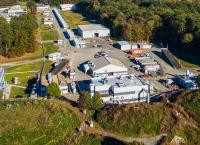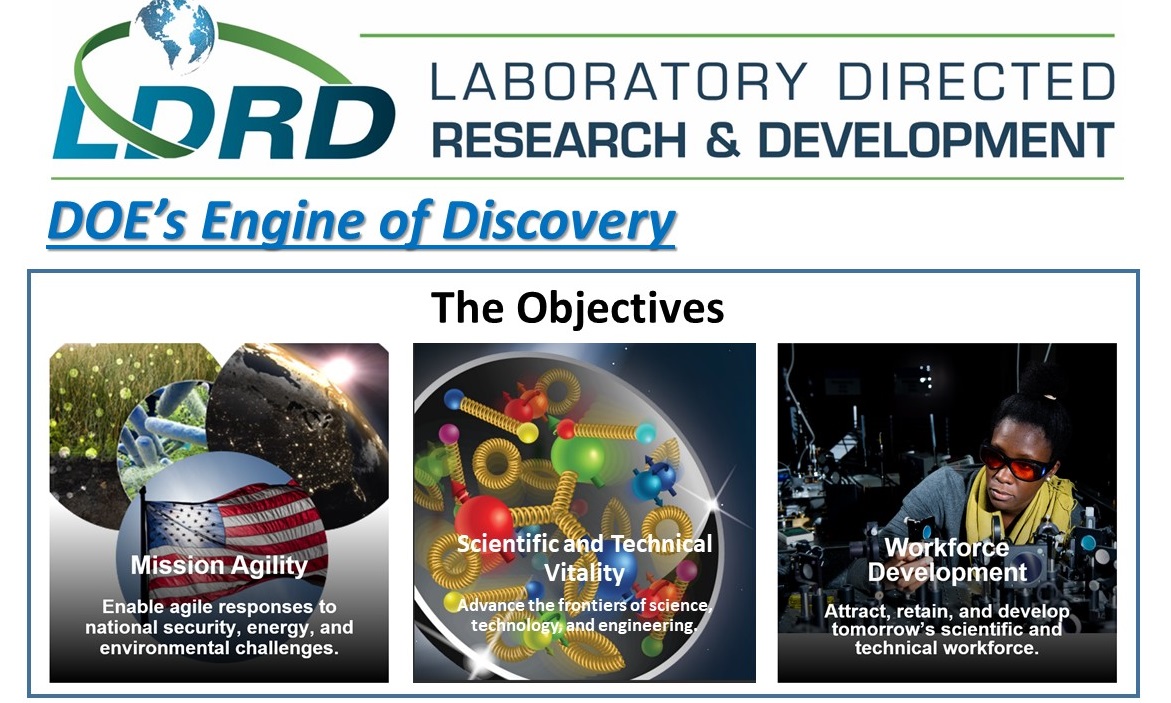EIC Center at Jefferson Lab
The Electron-Ion Collider Center at Jefferson Lab (EIC2@JLab) is an organization to advance and promote the science program at a future electron-ion collider (EIC) facility. Particular emphasis is on the close connection of EIC science to the current Jefferson Lab 12 GeV CEBAF science program.
EIC2@JLab consolidates and connects the EIC physics and detector development activities in and around Jefferson Lab. These activities include:
- Activities of the Jefferson Lab EIC groups
- JLab EIC weekly general meetings.
- Organizing and hosting of EIC related ad-hoc workshops.
- Documentation of EIC and JLEIC relevant topics.
Further, EIC2 coordinates with the following activities:
- Relevant Jefferson Lab LDRD projects.
- Relevant EIC Detector R&D funded activities.
- HUGS Summer School.
- Local hosting of relevant national and international conferences.
- Planning of the EIC component in the annual JLab Users Group meeting.
In addition, EIC2 establishes the following new activities:
- Graduate and post-doc Fellowship program.
- Series of seminar talks related to EIC.
The Thomas Jefferson National Accelerator Facility (Jefferson Lab) is located at 12000 Jefferson Avenue in Newport News, Virginia.



